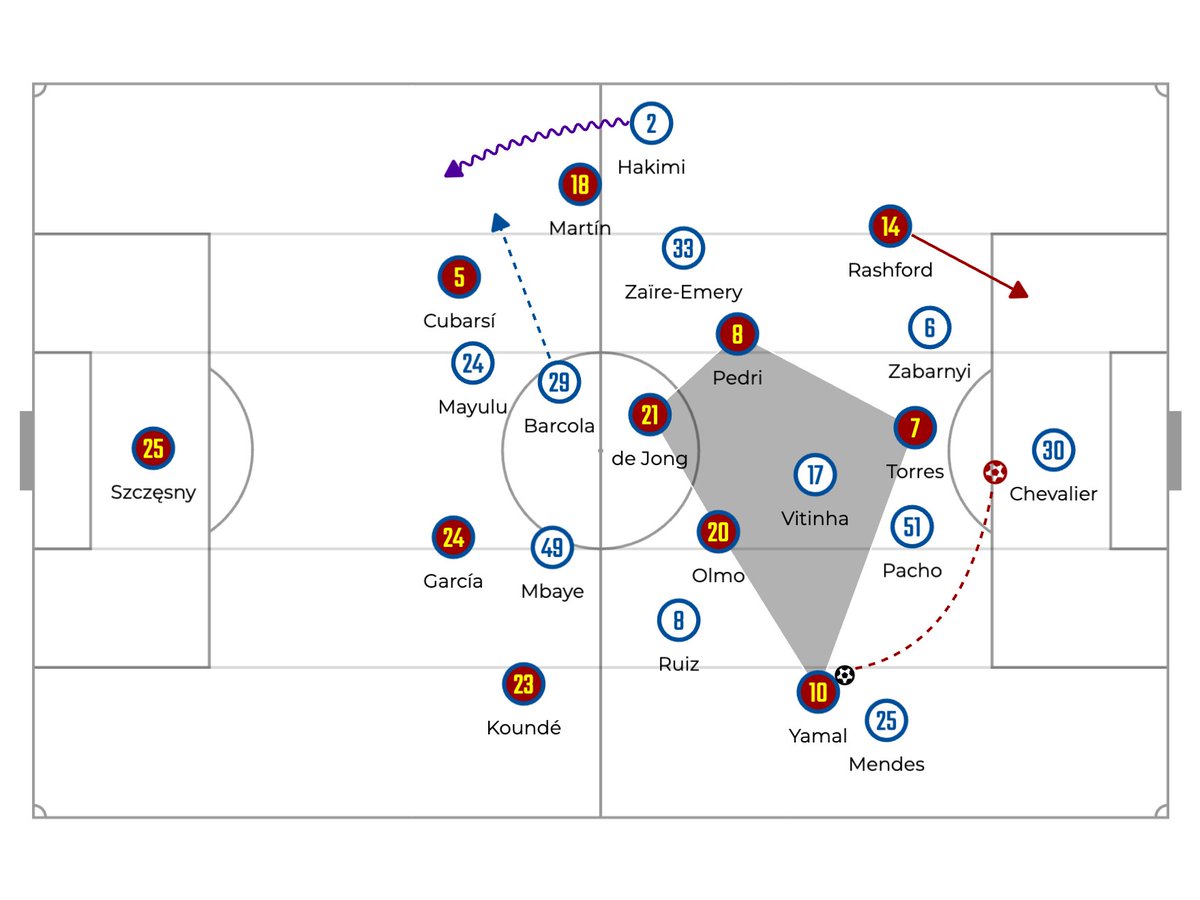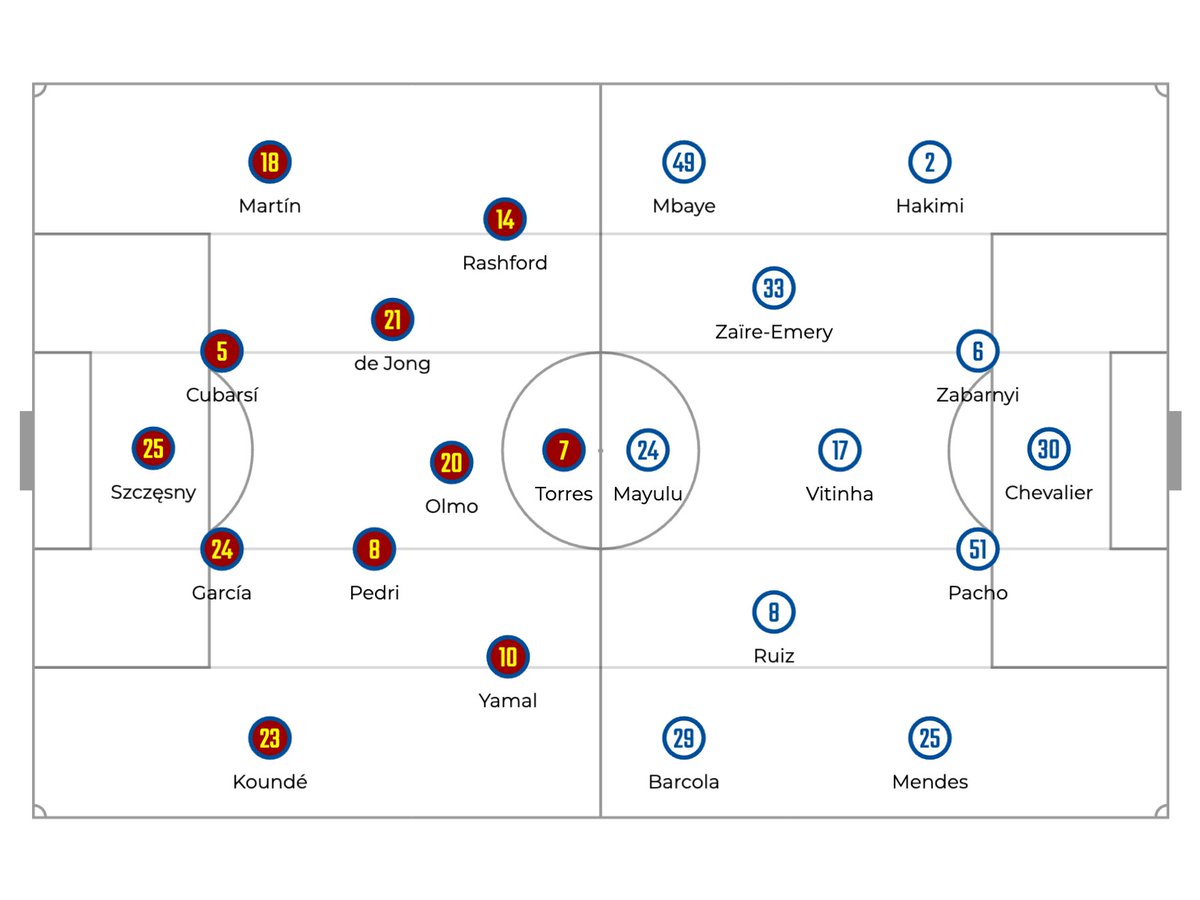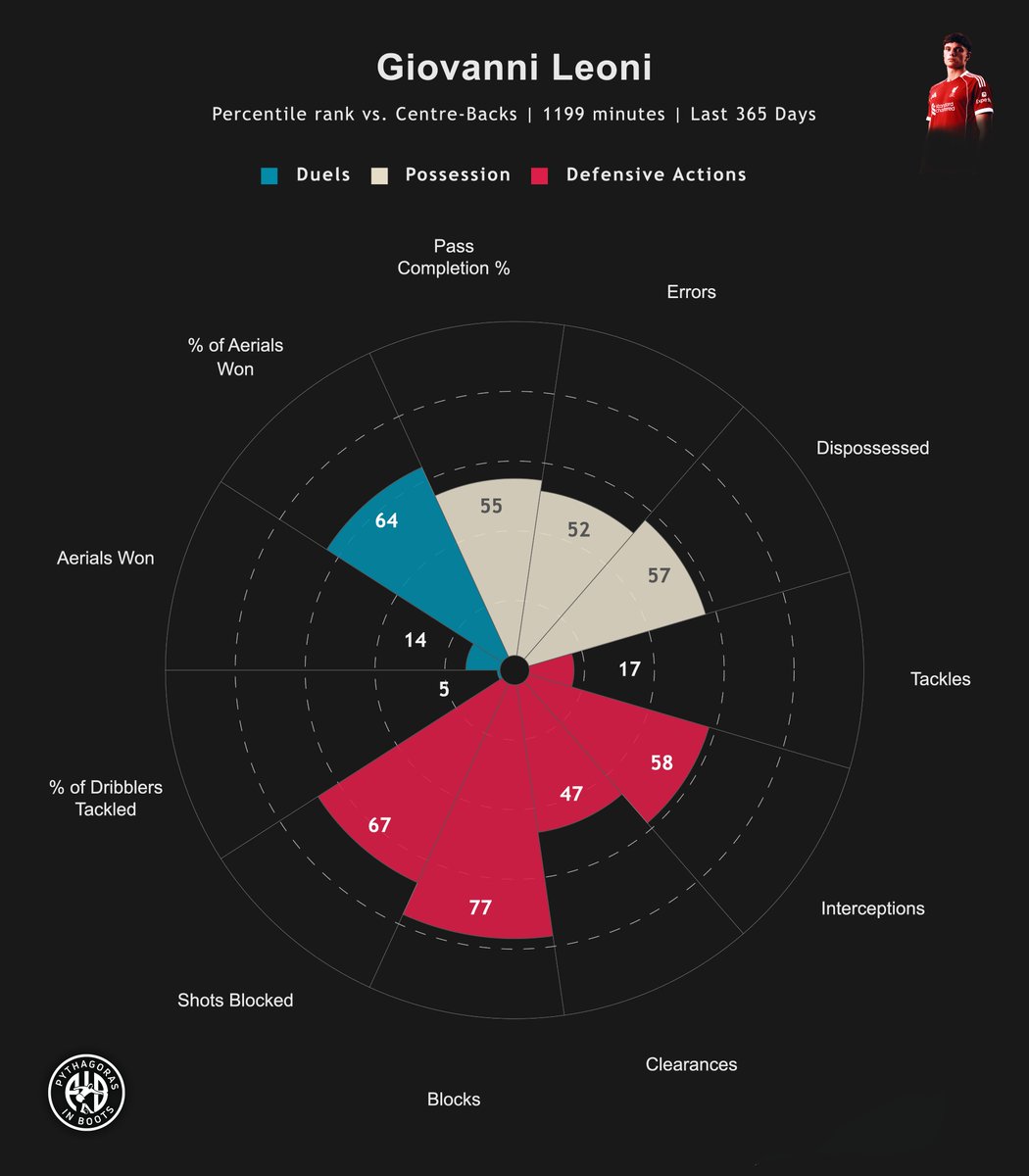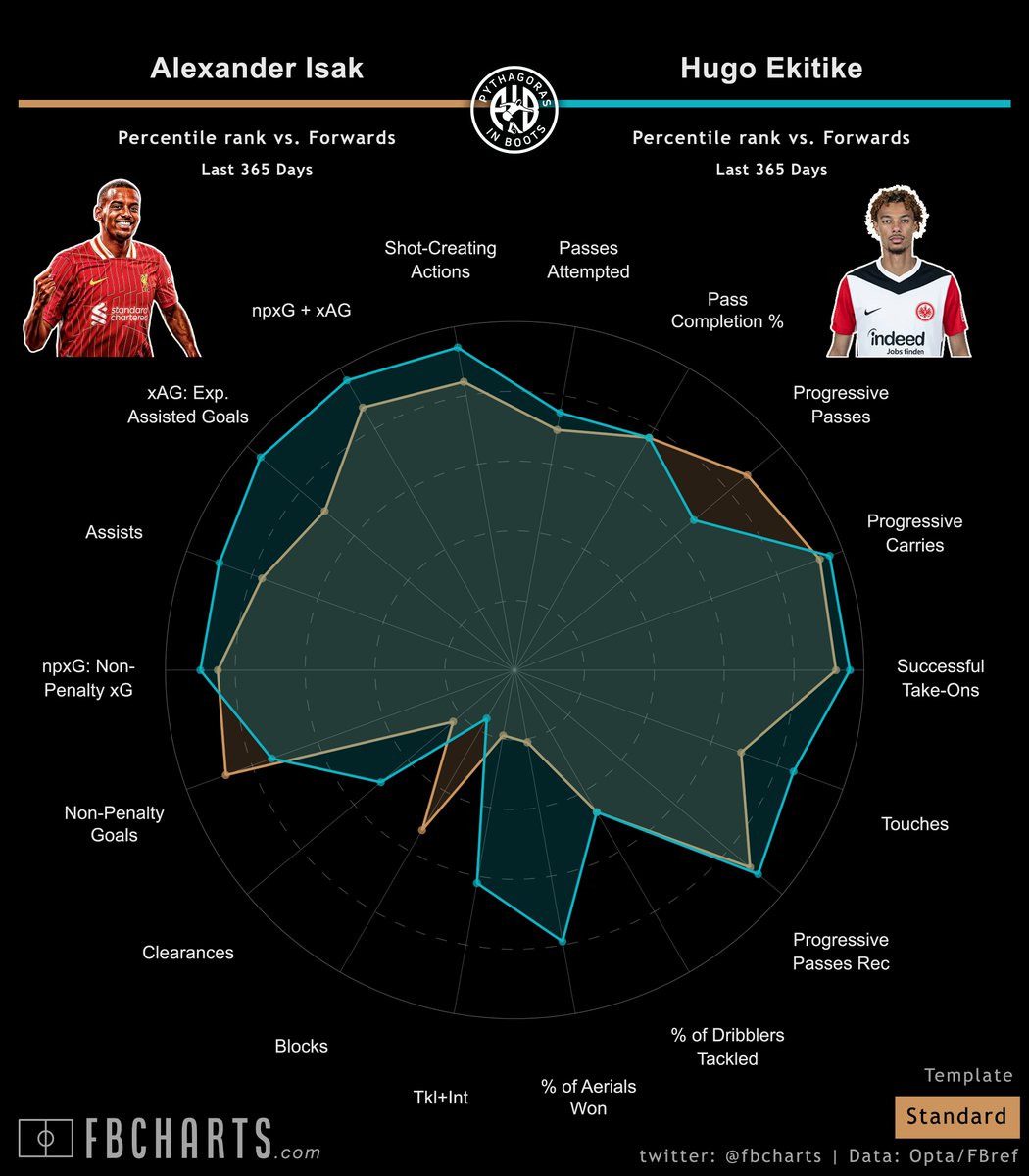#DENBEL Euro 2020 - Tactical Thread
Key points:
🔴Passion in 1st half leads to aggressive Dane high press... Belgium cannot get out
🔴Witsel helps progress ball in defensive third and feeds the irrepressible KDB
🔴Lukaku was immense
CC: @TacticalPad
#EURO2020 #DEN #BEL
Key points:
🔴Passion in 1st half leads to aggressive Dane high press... Belgium cannot get out
🔴Witsel helps progress ball in defensive third and feeds the irrepressible KDB
🔴Lukaku was immense
CC: @TacticalPad
#EURO2020 #DEN #BEL
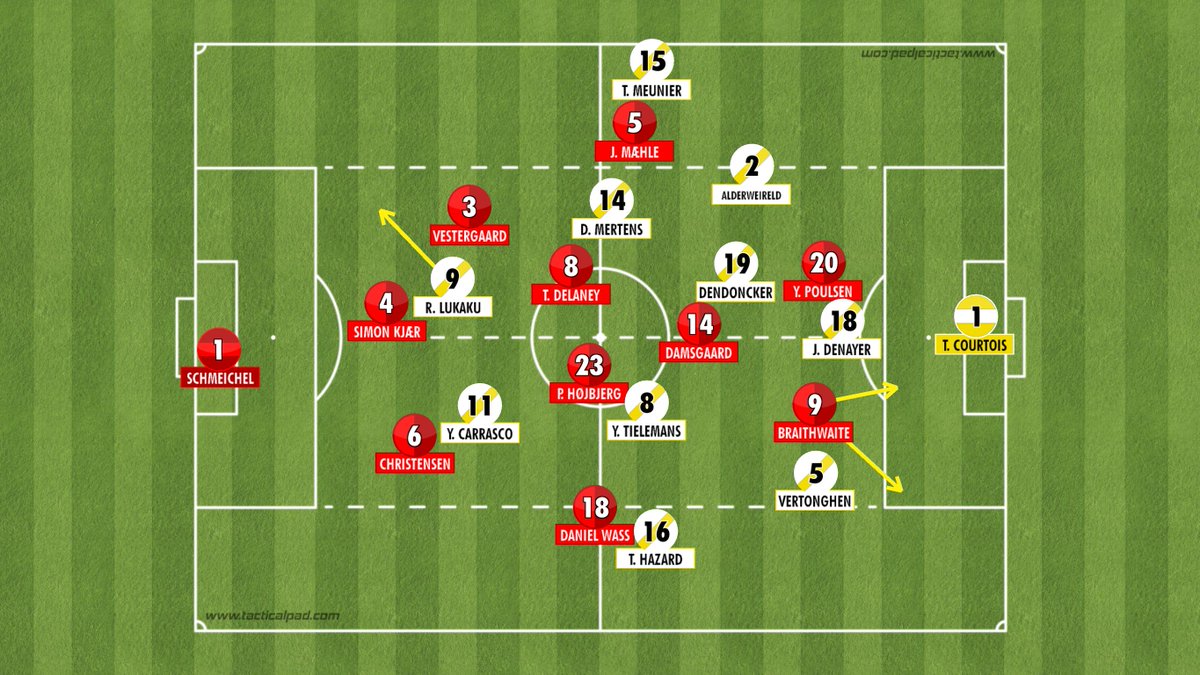
Danes matched Belgium with their own 3-4-1-2. In absence of Eriksen, they brought in Vestegaard but didn't defend deep... they went for the jugular. Incredible first half performance but it was on sheer adrenaline.
Belgium lacked a press resistant DLP to help them get out.
Belgium lacked a press resistant DLP to help them get out.

If Belgium did break through press, it was usually through Lukaku.
Danes would respond by dropping into 5-2-3 and the focus was on hitting long ball into right half space and feed the athletic Braithwaite. He was electric but ultimately wasteful against an ageing Vertonghen.
Danes would respond by dropping into 5-2-3 and the focus was on hitting long ball into right half space and feed the athletic Braithwaite. He was electric but ultimately wasteful against an ageing Vertonghen.

Witsel coming on was key in pushing Denmark back. Suddenly they could not press as highly, as they were tired but also he is too difficult to press successfully. He would have the composure to connect the team from back to front.
Denmark ended up dropping deeper and losing way.
Denmark ended up dropping deeper and losing way.

KDB was superb - it was his movement which caught the eye. Denmark had lost their positional discipline and he took advantage of the chaos by picking up pockets of space in both the right & left half spaces.
Denmark were too emotional by this stage and had lost their composure.

Denmark were too emotional by this stage and had lost their composure.


Lukaku was brilliant against Kjaer who has struggled against him in the Milan derbies. Kjaer tried every trick in the book to phase him but he kept his composure and used his superior physicality and courage to try and take the game to the Danes.
• • •
Missing some Tweet in this thread? You can try to
force a refresh


